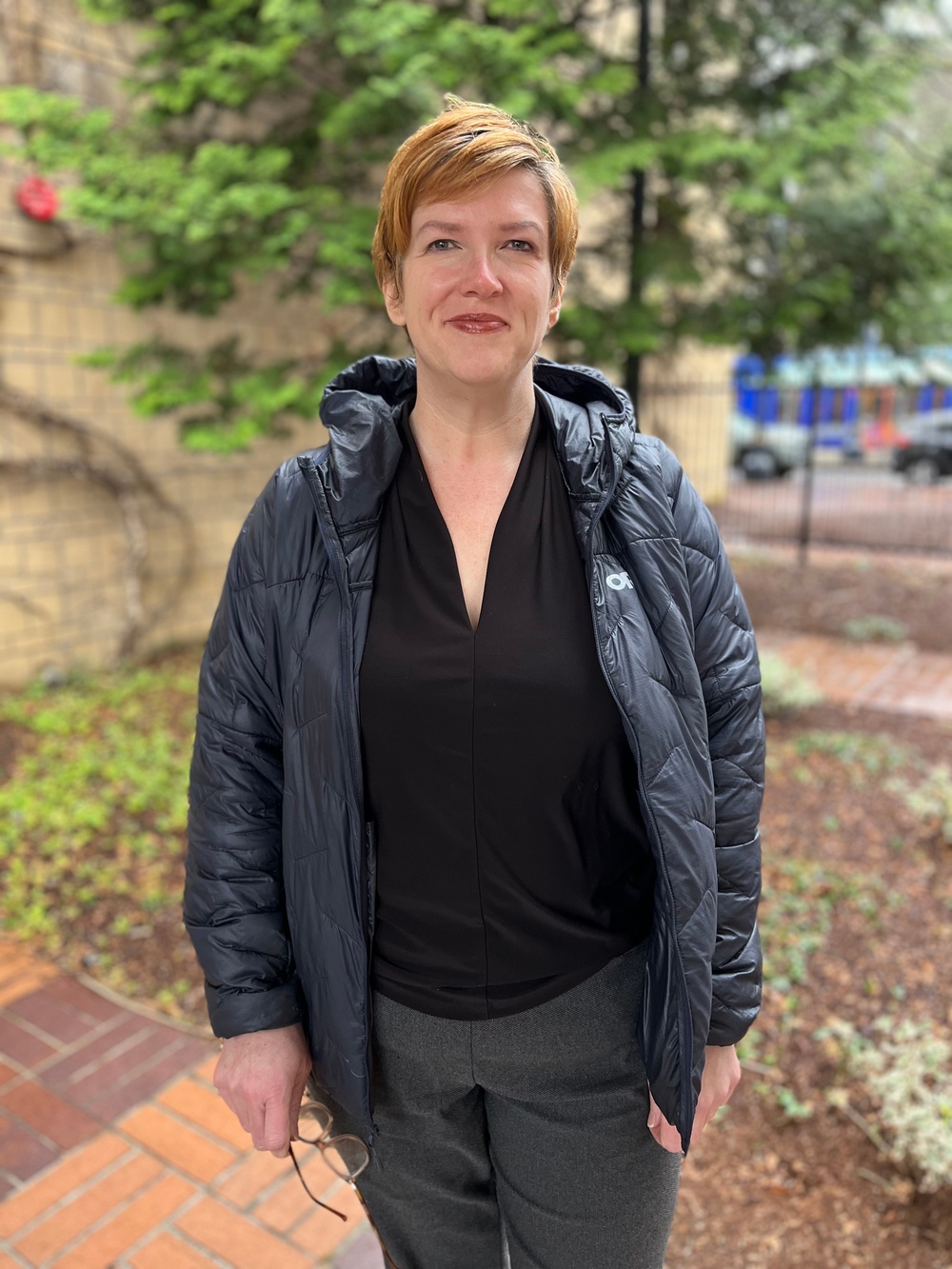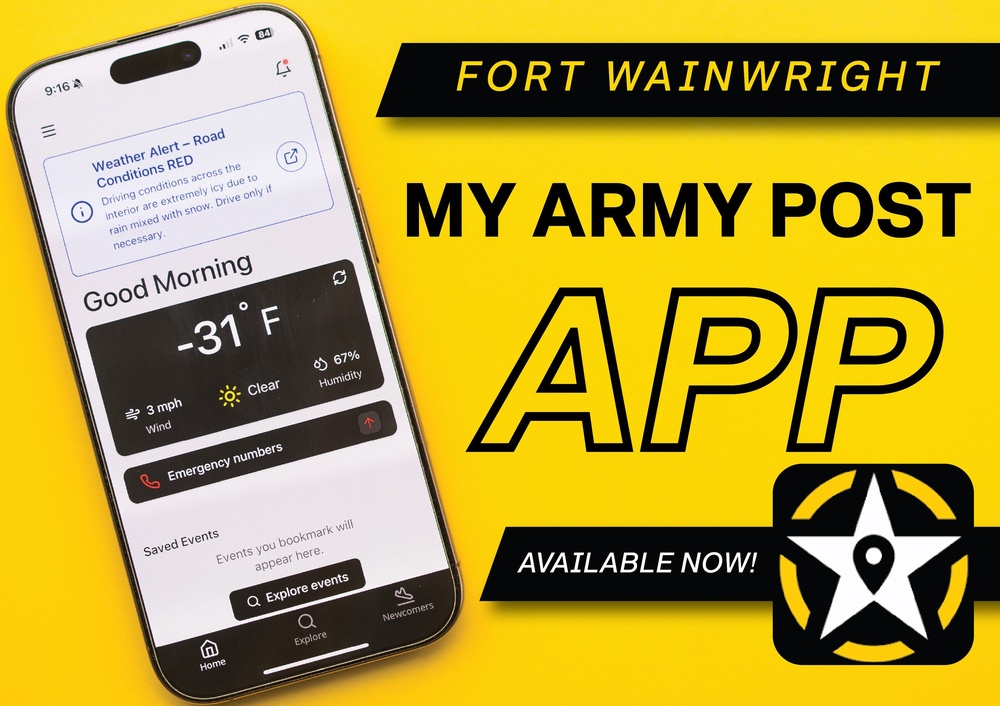DVIDS – News – U.S. Army Reserve an Effective Partner in Disaster Response
ORLANDO, Fla. – Maj. Gen. Gregory J. Mosser, the deputy commanding general, U.S. Army Reserve Command, highlighted the capabilities the U.S. Army Reserve provides to local, state, and federal entities when disasters strike the nation in an April 14th panel discussion at the National Hurricane Conference.
Mosser was one of four panel members discussing “The Future of Natural Disaster Response: Effective Partnerships for Overcoming Natural Disasters.” Accompanying Mosser, were Kimo Dunn, 9th Mission Support Command deputy for Operations, Plans, and Training; Jennifer Pipa, American Red Cross vice president of disaster programs; and Terry White, AT&T client executive director. The panel was moderated by Dinah Volyles Pulver, USA Today national reporter specializing in environment, climate, and weather.
Mosser shared his experiences of not only the Army Reserve’s response to recent natural disasters but with the whole-of-nation response to the COVID-19 pandemic.
“While I was the commander of the 377th Theater Sustainment Command, we were providing the Army Reserve response to the pandemic, but in the middle of that effort, we had a number of hurricanes that struck the U.S. mainland.”
According to the National Oceanic and Atmospheric Administration (NOAA), the 2020 hurricane season was one of the busiest seasons on record. That year, there were 30 named storms with 12 of those making U.S. landfall: five of those hitting Louisiana.
Mosser said the one of the keys for the U.S. Army Reserve preparedness for responding to natural disasters is built on the framework of the 2012 National Defense Authorization Act (NDAA 2012).
“Under NDAA 2012, the Army Reserve provides federal support to Defense Support of Civil Authorities (DSCA) during emergencies working in conjunction with Army North and other federal, state, and local partners to save lives, prevent human suffering, and mitigate great property damage,” Mosser said.
“We are a federal entity under Title 10 of the U.S. Code and we support local and state governments in a tiered response. We are always in support but never the lead agency. That responsibility belongs to the state, or in the case of a large-scale natural disaster, the Federal Emergency Management Agency (FEMA) when state resources become overwhelmed.”
Mosser outlined the vast array of support and capabilities the U.S. Army Reserve brings to local, state, and federal partners in the nation’s time of need. These capabilities include aviation lift, search and rescue or extraction, quartermaster (food, shelter, potable water, heated tents, etc.), civil affairs and public information as well as a significant portion of full-spectrum engineer capabilities.
“We can move search and rescue teams through the air or on the ground, we can provide the movement of commodities such as water and food, we can pump water from flooded areas, and we can use our engineer capabilities to clear roads and debris so those involved in response and recovery operations can do their jobs quickly and efficiently,” he said.
Another key element of support is the location of U.S. Army Reserve units.
“We are a community-based organization with Army Reserve centers and units located in many of the areas affected by natural disasters in the U.S.,” he said.
“What makes this program work for these local and state governments is our unit leaders getting out into these communities and meeting with local and state officials before a disaster strikes and sharing what capabilities we can provide should they be needed.”
Requests for support from the Army Reserve can come in two ways – Immediate Response Authority (IRA) or Deliberate Response. Under an IRA, a local official can request support in writing to a local Army Reserve unit.
Mosser said there have been multiple instances in the last decade where U.S. Army Soldiers have dispatched teams to conduct high-water rescues in area affected by rising flood waters. Under a Deliberate Response, elements of the U.S. Army Reserve can be mobilized for a longer duration. This was the case when the U.S. Army Reserve mobilized more than 3,000 Soldiers during the COVID-19 pandemic.
Mosser added that every event the U.S. Army Reserve has responded to are continual learning events.
“We train using established policies and procedures, maintain relationships and open communication with local and state officials before a disaster response is needed, and continually exercise with partner organizations to ensure that when a disaster actually happens, we are prepared and ready to assist when called upon.”
Mosser’s panel partners echoed many of his views throughout the panel.
Dunn, with the 9th Mission Support Command, said that partnerships were invaluable for his organization which spans a region from Washington state, Alaska and Hawaii, to the far reaches of the Pacific Ocean including American Samoa, Guam, Saipan and the many of the islands that dot the area of Oceania.
“It’s important for our local commanders to develop relationships with local communities,” Dunn said. “If a disaster strikes in some of these areas, it is the U.S. Army Reserve who will be able to respond since we are the official U.S. presence located there.”
For the American Red Cross, Pipa stated it is important for everyone to know their organizations roles and responsibilities to prevent duplication of disaster relief and response efforts.
“It is important for our organization to identify gaps and analyze response trends,” Pipa said. “We look for areas where people are not being served then focus our efforts there.”
Pipa said that since 2016, they have seen a trend where displaced persons are now averaging 90-120 days and the Red Cross is focused on building resilience and long- term recovery.
She said they work to limit the time displaced persons spend in shelters, improve their living conditions, and help them transition back to a normal life and help them to not fall into poverty, or some instances, into further poverty.
For White and his AT&T colleagues, they are levering existing and emerging technologies to facilitate their disaster response and recovery partnerships.
He cited Hurricane Michael that hit the Florida Panhandle in October 2018. The Category 5 hurricane all but nearly wiped-out cellular communications in the area. AT&T established mobile cellular towers at Tyndall Air Force Base so first responders as well as local citizens could have connectivity.
But White said, AT&T is more than cellular telephone service.
“We have our own pilots, meteorologists, drones, and first responders at the point of impact,” White said. “All first responders need connectivity immediately after a disaster strikes. They need to be able to talk to each other, take pictures of damaged areas that need to be cleared or served, and be able to send that data to those who need the information to assist in the recovery and response. This leads to better decision-making to allocate the needed resources.”
The panel agreed that providing needed resources in a timely and efficient manner is key to assisting those affected by a natural disaster. However, the capabilities of the U.S. Army Reserve were not always looked at as an option.
Prior to the passing of NDAA 2012, the U.S. Army Reserve was somewhat limited by law in responding to natural disasters in the U.S. but could be called upon in the event of a chemical, biological, radiological, or nuclear event. However, during Hurricane Katrina in 2005, the federal government did in fact recognize the need to mobilize the U.S. Army Reserve to assist in the recovery efforts in Louisiana. Aviation assets from 5th Battalion, 159th Aviation Regiment in early September to conduct search-and-rescue operations and assist humanitarian relief efforts airlifting survivors to evacuation points; transporting food, water, and other supplies to the Superdome and other locations; and moving active Army and Army National Guard Soldiers across the affected area.
After the passage of NDAA 2012, the legislation provided the necessary means for coordinating capabilities with other Federal, State, local and military service component partners, including the National Guard. NDAA 2012 provided the catalyst for all military service components (active, reserve, and Guard) to foster those relationships and coordination through thoughtful planning.
| Date Taken: | 04.14.2022 |
| Date Posted: | 04.27.2022 13:45 |
| Story ID: | 419452 |
| Location: | ORLANDO, FL, US |
| Web Views: | 53 |
| Downloads: | 0 |
PUBLIC DOMAIN
This work, U.S. Army Reserve an Effective Partner in Disaster Response, by Timothy Hale, identified by DVIDS, must comply with the restrictions shown on https://www.dvidshub.net/about/copyright.




